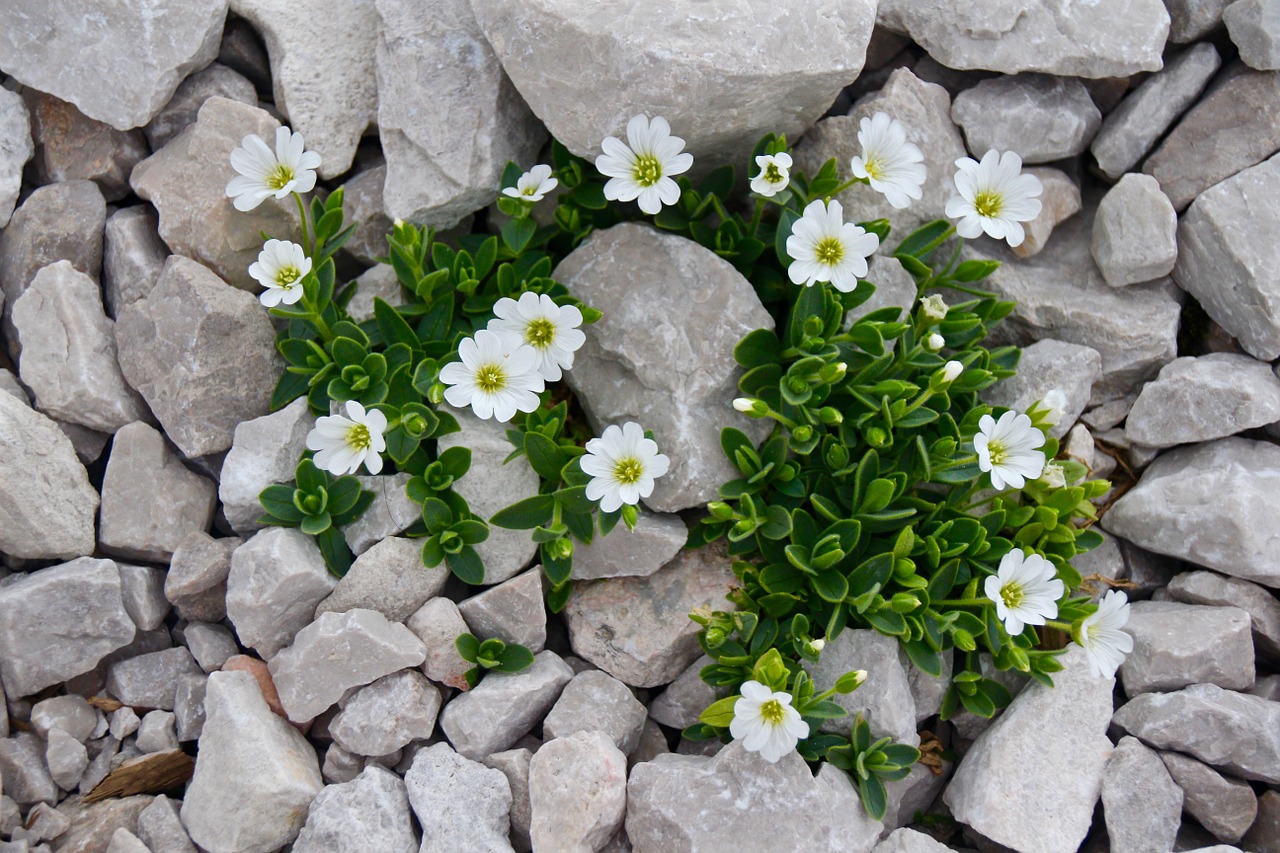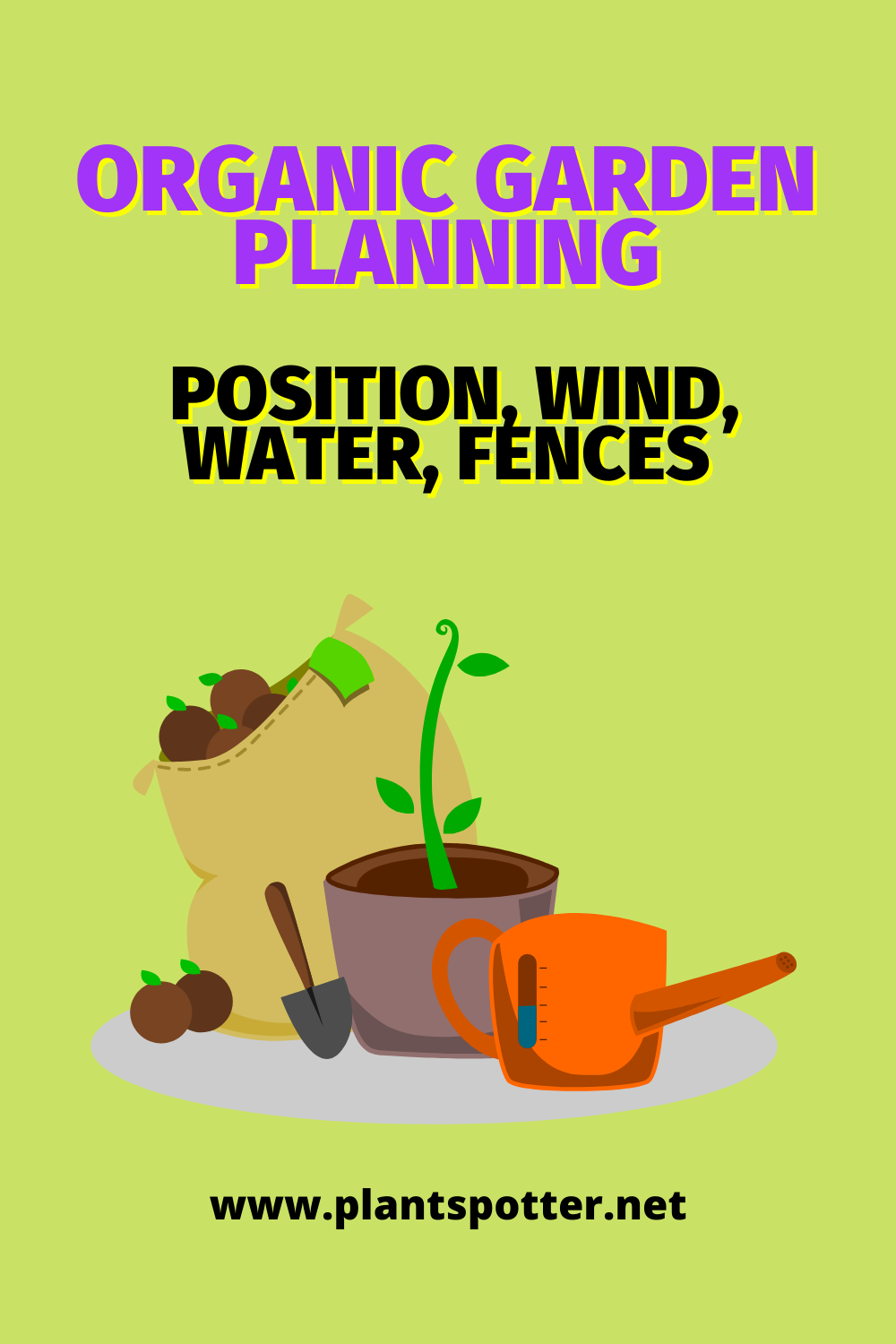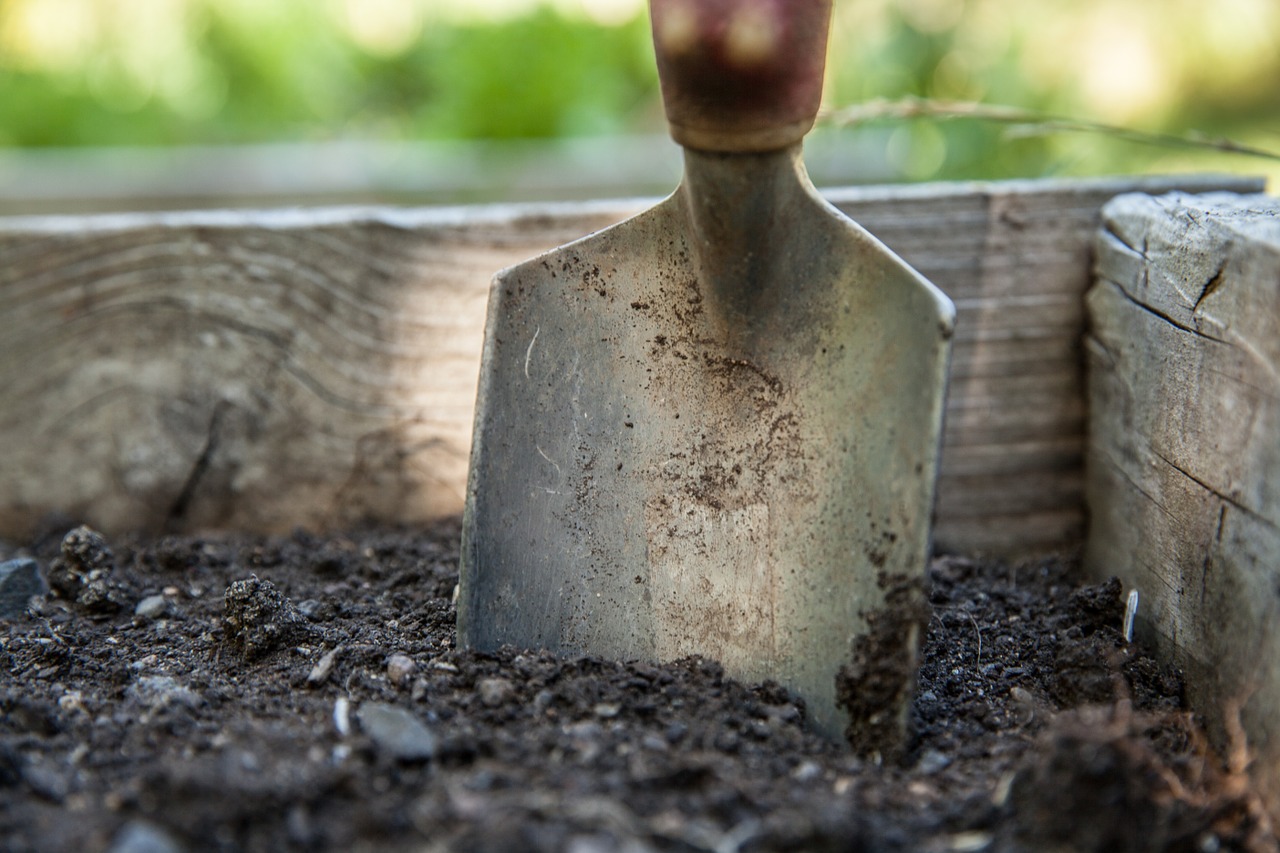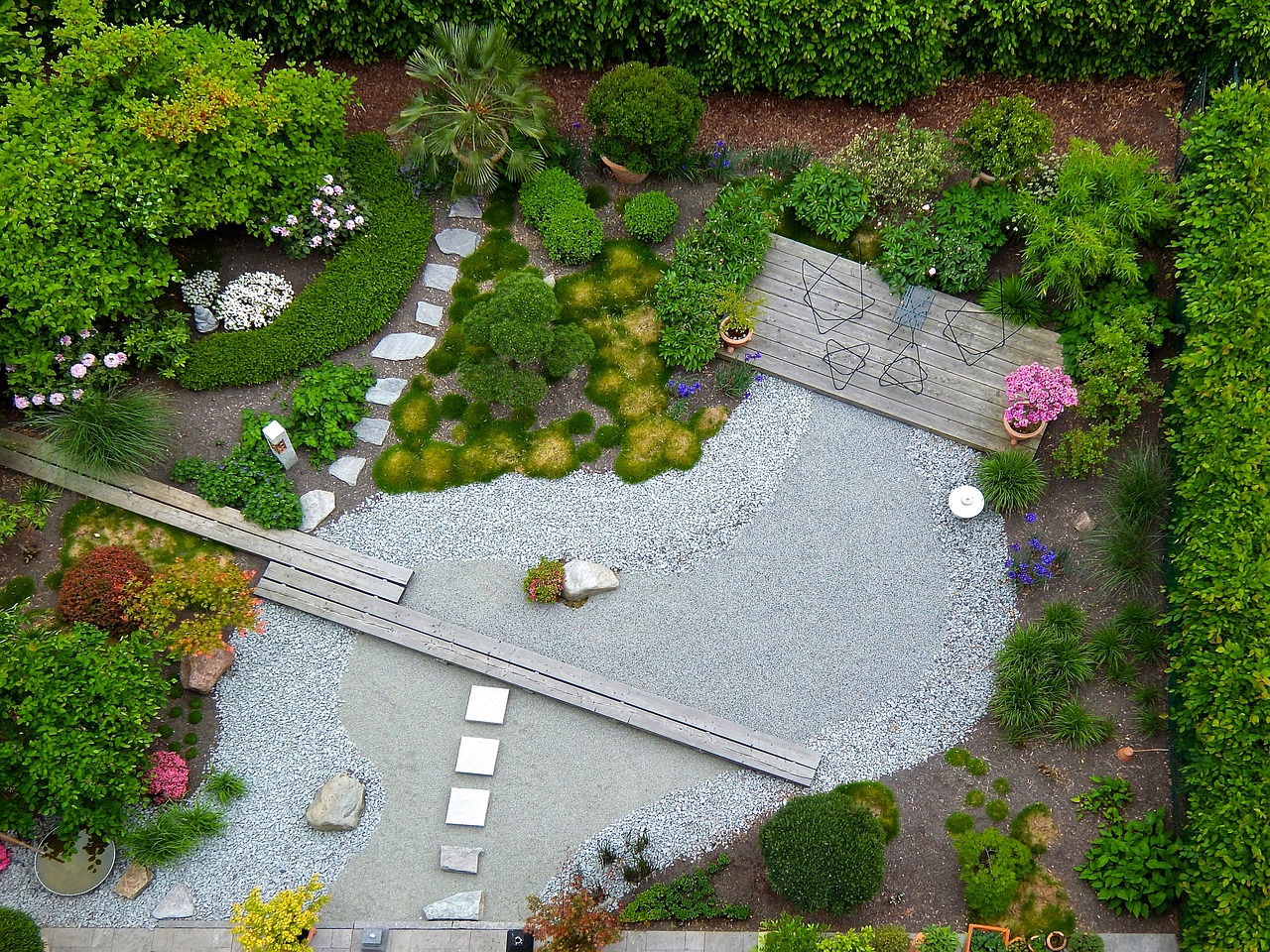
Image by Malcolm Brook from Pixabay
Behind every, newly installed and freshly painted gate starts a newly built house and garden which is beginning to get its shape. If you want everything to look like it should and have its place, in addition to the architect, you should also consult a landscape architecture engineer, because arranging a garden is the subject of responsibility for the present and future.
Landscaping is therefore our contribution to the preservation of the areas in which we live; the preservation of flora and fauna and the maintenance of the water regime. Torn and fallow plots without vegetation soon fall victim to erosion and potential landslides and so eventually become an open wound on the surface of the earth.
Due to human greed, ignorance, and laziness, hundreds of thousands of acres of fertile land go into irretrievability every year or are poisoned by various chemical compounds. Our struggle for health and wellbeing, our and of our descendants, begins right there, in our homes and gardens. By using a wide variety of plant species as accumulators and energy rectifiers, we also contribute to the global reduction of sources consumption and the maximum use of solar energy.
Planning organic garden
A house is a place where we’re spending our lives. Most of the good memories are related to our family houses. That is why, over time, the house and the garden, too, imprints in our lives. It grows along with us and represents the center of the area that we want to color in green.
When planning the house layout, try, if at all possible, to have bedrooms in the east, living space in the south, and a kitchen in the west. Spaces of a technical nature turned to the north. If the space allows, establish contact between the house and the yard through low terraces, creepers, and other ornamental plants.
Choose the areas you want to have in your garden:
- Garden beds with vegetables
- Flower beds
- Lawn and play area
- Mini orchard
- Ornamental trees and shrubs
- Wild garden corner
- Corner with herbs
- Decorative pond or pool, rockery
- Composting site
- Greenhouse
- Space for hot garden beds
- Space for auxiliary buildings.
Just as the house functionally satisfies the needs of the family, the same way we arrange the garden according to the wishes and activities of its members. When making a plan, take into account the free time and time that you can dedicate to the garden with vegetables, fruits, and flowers. When arranging the garden, by changing the ornamental deciduous and coniferous species, perennials, grasses, vegetables, herbs, and fruits, we get a space that lives its mysterious life – the life of nature in a small space.
Before you start planning, it is important to determine what the main requirements that this space should meet are. If you have the time to grow vegetables, you will certainly set aside most of the garden for vegetables and herbs. If you have small children, a playground as well as swings, seesaws, and a sand pool will be a priority at this time. Start with small areas and slowly conquer the space.
Avoid concrete on large tops, straight paths, sharp corners, and regular shapes. Soft lines and slightly rounded shapes of the garden beds will give you a feeling of being in nature and will bring harmony to our yards and homes.
We will connect the selected areas with paths made of alternately arranged stones, wooden rings, stone slabs, concrete paving elements, rice, sawdust … The more natural the look of the garden, the greater your enjoyment and pleasure will be. Try to imitate nature. You can achieve that by making the passages look like a winding strip between conifers, flower beds, and vegetables.
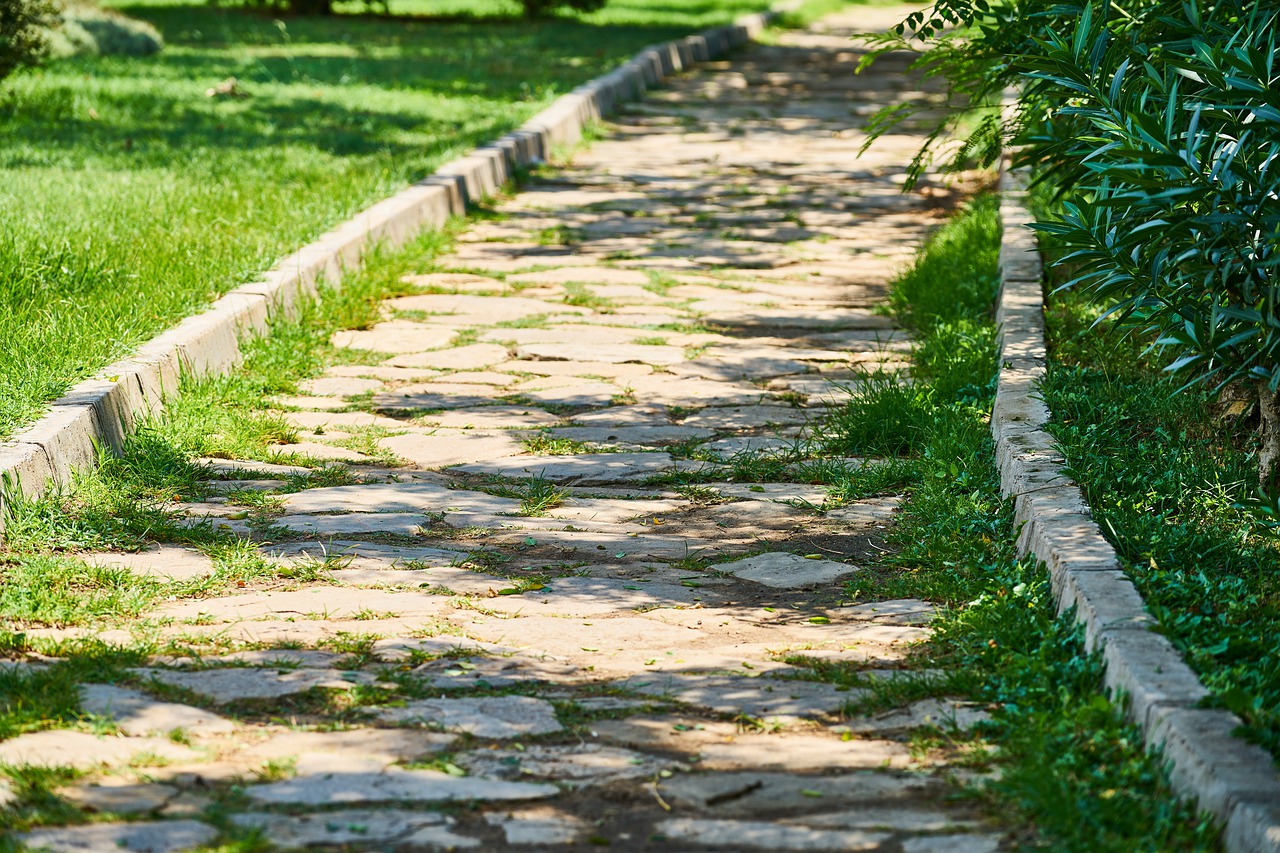
Image by Engin Akyurt from Pixabay
The width of the path is determined by their purpose, as follows:
- Garden path for one person: about 20 inches
- Gardent path for the passage of two people: 40 – 48 inches
- Occasionally used garden path: 12-20 inches
Ecological conditions
Position of garden
The slope of the terrain, its predisposition, and sunshine determine the fate and style according to which we’ll arrange the plot. Flat or slightly sloping terrains have uniform microclimatic conditions on the entire surface. More sloping or steep terrains have larger daily variations of factors such as sunshine, humidity, windiness, fog, frost, etc. All this is crucial for the selection of plant species as well as for their distribution.
If the garden is located at the bottom of a slope where frost and cold descend at night, a wall or embankment with planted greenery will effectively help.
Impact of fences
When landscaping, take into account the influence of fences, wooden verses of plant species, and water surfaces on the microclimate of the yard.
Regardless of the material from which they are made, fences in the first place have a protective function and the role of marking and separating a space. We can have masonry fences, transparent fences, and hedges.
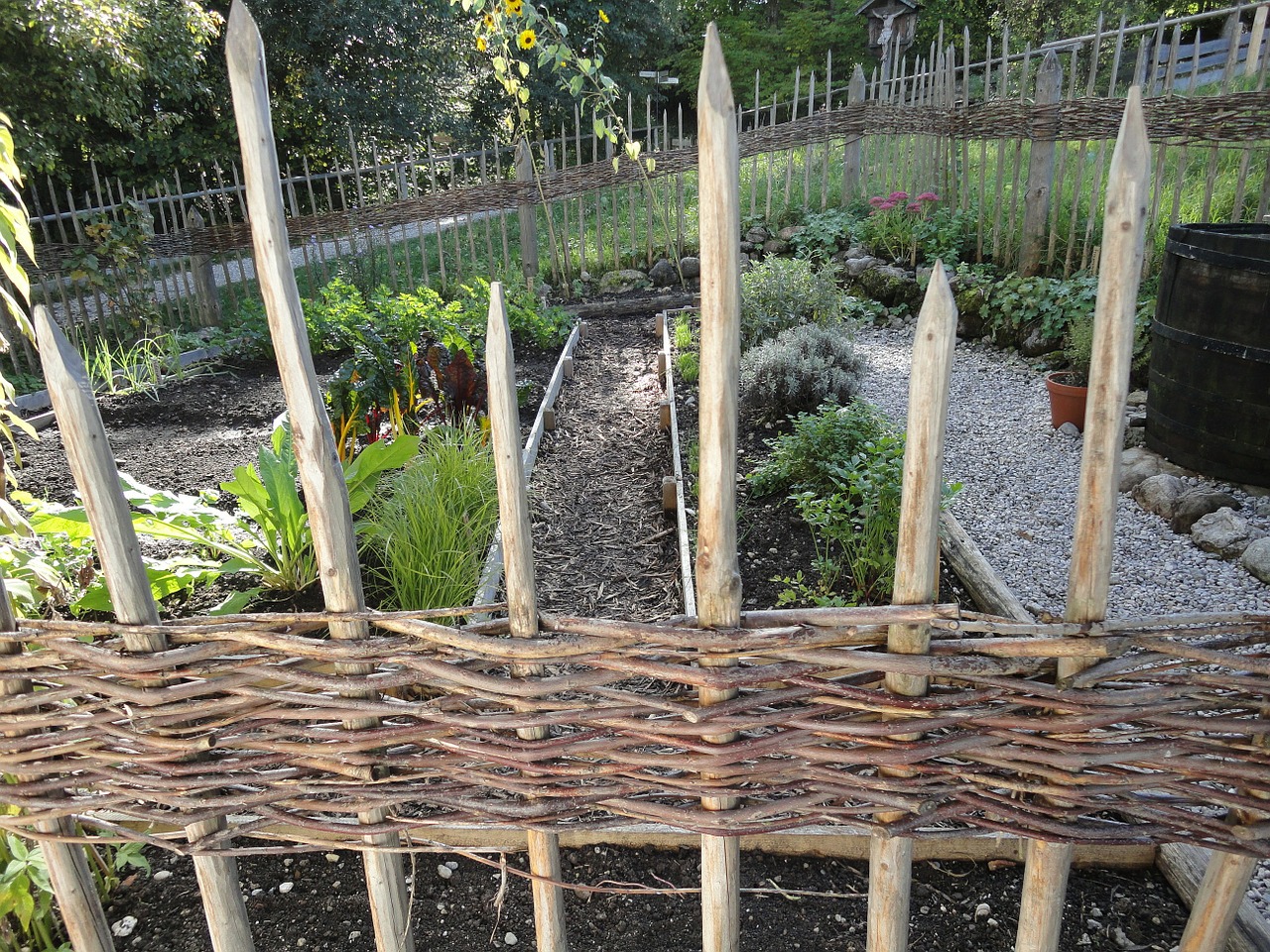
Image by Dieter Ludwig Scharnagl from Pixabay
A masonry fence is usually set in the urban environment and besides providing privacy to households, can serve as a support for creepers, and other plant species and contribute to noise and pollution reduction. They are built of different types of brick, stone, or concrete. In less urban areas, they act inharmoniously with the environment and should be masked with greenery.
Transparent fences are much more acceptable for fencing yards and can be made of wood and iron, while we recommend wood as a natural material.
Wind as an unfavorable factor
Fences, in addition to their protective role, also have an impact on the windiness of the space. Hedges and trees have proven to be the best protection against the wind, because they partially relax the wind, reduce its impact force and reduce its speed. If we are not able to plant a hedge, shrubs or a fence made of densely laid slats (transparent) will also help. Behind the concrete and stone fences, the winds create side vortices.
The arrangement of the trees is also important. On the north side, it is necessary to plant conifers or trees with a large leaf mass but not next to the house; it has to be at a distance of at least twice their height. They proved to be excellent in reducing the impact force of the cold north wind. Also, planting tall trees or hedges is necessary to protect the other side of the yard, too (especially the garden) where dominant winds blow (north and west).
The southern part of the house, if we have a terrace on that side, is desirable to protect with greenery from excessive insulation during the summer months. Planting the creepers along the south of the facade ensures the cooling of the house during the summer, and slows down cooling during the winter months. Take into account to pick creepers that do not damage the facade or that grow with the support: wisteria, roses, ivy, lonicera, Actinidia …
Water
Water is an extremely important factor for landscaping. It would be desirable to have a pond in front of the house in which we’ll plant aquatic plants (plants in a pot), and all of this in combination with other elements of the garden and greenery. Water is also a heat accumulator and humidity regulator in the summer months and has a great effect on the microclimate of the house.
Water is an indispensable element of survival on our planet. All living beings owe their existence to the union of such unique chemistry. So, for example, vegetable plants contain 10-15% of organic matter, 1% of mineral salts, and the rest is water. That is why watering plants require such great attention.
I’m sure you have many times seen while someone was watering vegetables, flowers, and lawns in the summer months using water from wells or water systems, the water that comes out under pressure. Maybe you did it by yourself. Overheated plants, longing for a little refreshment, get a cold shower that slows them down in growth. Nature solved the watering of plants through the rain. Rainwater that we collect in pools or wooden and plastic barrels is ideal for watering plants. It is extremely important to know that standing water absorbs solar energy and transmits it to plants.
To determine the right time for watering, we can do the following test: take the soil from the deeper layers of soil (6-8 inches) and crush it firmly in your hand. If no soil is formed, but the soil is eroded, it means that the soil is extremely dry and that the plants do not have optimal conditions to grow. If you can create a lump of soil, but the lump is not solid, it is the right time for watering; and if you form a solid, sticky lump, the soil has enough humidity.
Watering also depends on the climate and microclimate of the garden itself. The wind is an important factor because it dries the surface layer of soil, so it is necessary to reduce windiness and keep the surface layer constantly covered with compost and chopped plants remnants.
Rockery
The rocks are also heated accumulators and are suitable as a part of a garden on sloping terrains. They fit nicely with stone garden steps and paths. The stones should be placed as naturally as possible, imitating the layers of rocks protruding from the ground. Excellent effects can be achieved with a smaller number of larger stones. Avoid turning the spiky sides of the stones towards the ground, and level the space between them so that the water is retained and feeds the plants, and at the same time prevents erosion.
We recommend you to place the rockery in the sunniest place, and in its background, you can plant an evergreen tree or even more of them, which will make a nice contrast with the rockery.
Influence of celestial bodies on life on earth
For centuries, the eyes of people around the world have been raised to the sky. They patiently expected frost or hail, and, with joy, the sun, rain, or snow.
In the evening, they watched the darkness of the sky, spinning legends. Blue heavens and the glow of the full moon haven’t been attractive to ordinary people only, but many naturalists and historians too.
When modern physical and astronomical researchers placed the Sun at the center of our solar system, and moved the Earth, from the imaginary center of the Cosmos to the place of one of the planets orbiting the Sun, the study of the influence of celestial bodies on life on Earth began.
The influence of quasars, black holes, and supernovae is felt on Earth, but the influence of sunspots is more significant in connection with biological, geographical, and climatic events on Earth. Every 11 years, there is a maximum effect of sunspots, which lead to most fertile years in areas where grapes are grown, drought in India, catastrophic floods, floods of the Nile, and other large rivers …
The influence of the Moon will be discussed in some of the next articles when we plan to process sowing and planting processes.
The practice has shown us, and modern research has proven that the influence of celestial bodies on plant growth and animal population movements is great and that it must be taken as such when planning any kind of work in gardens.

